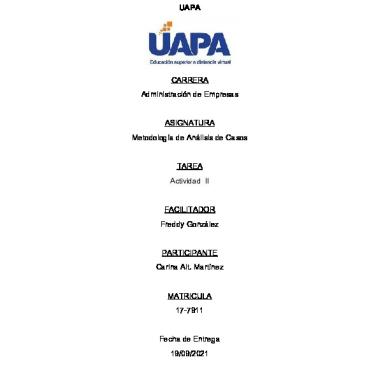
27684272 Heisenberg s Uncertainty Principle
- Uploaded by: Wai-Yen Chan
- Size: 312.3 KB
- Type: PDF
- Words: 13,487
- Pages: 19

* The preview only shows a few pages of manuals at random. You can get the complete content by filling out the form below.

Wai-Yen Chan - 312.3 KB

booboo - 118.9 KB

maria josephine - 1.8 MB

Paula Palomino - 2.3 MB

Ana Topalo - 214.8 KB

Eider Luis Contreras Ramos - 51.6 KB

Luis Angel Barrera Quinteros - 432.1 KB

Salma Ams - 210.5 KB

SebastianSandovalVelasco - 876 KB

sytsss اbbbh - 208.3 KB

Aluna 02 - 1.4 MB

Teniente Martinez - 108.4 KB
© 2025 VDOCS.RO. Our members: VDOCS.TIPS [GLOBAL] | VDOCS.CZ [CZ] | VDOCS.MX [ES] | VDOCS.PL [PL] | VDOCS.RO [RO]